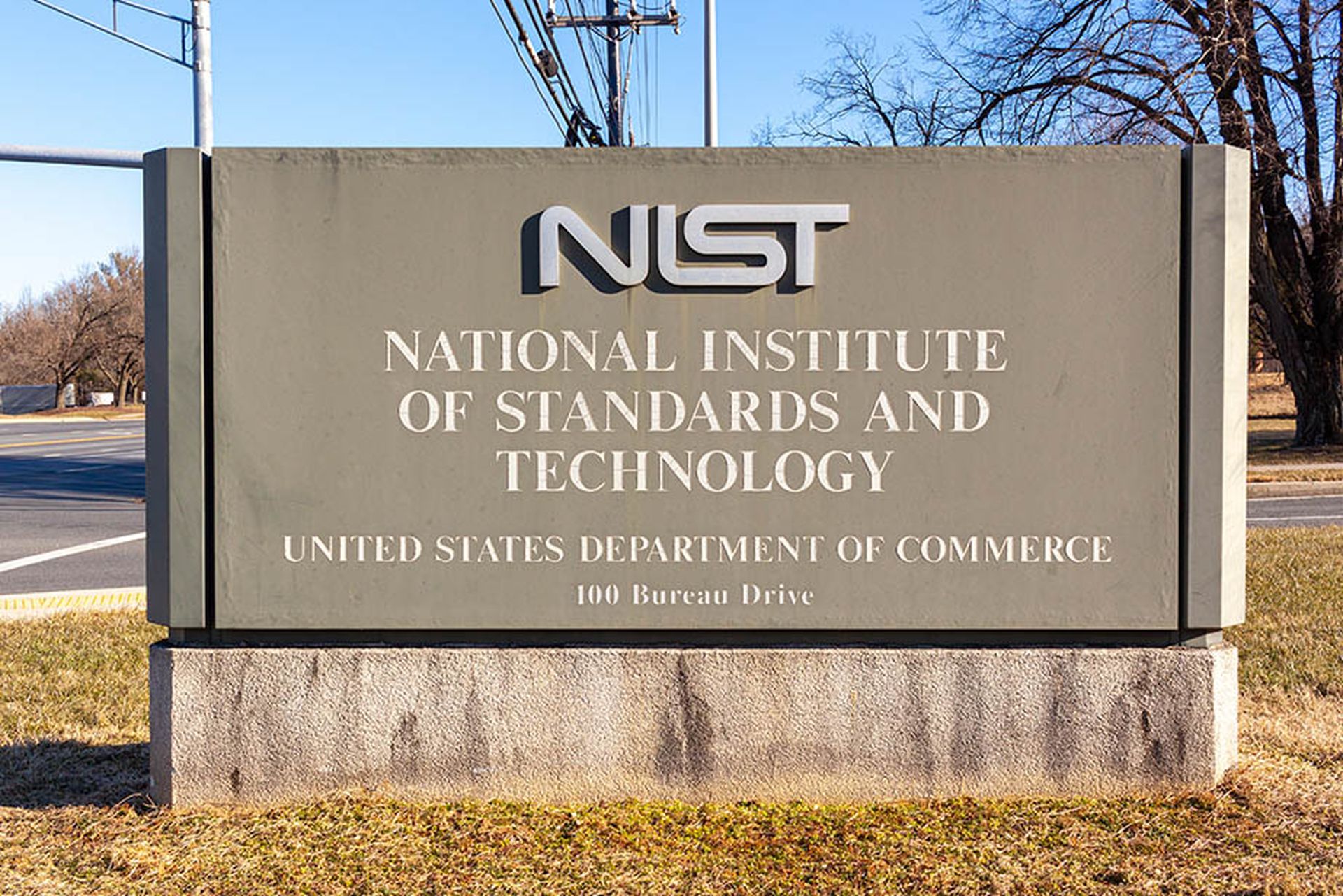Today, we can’t go five minutes without reading headlines about innovation in AI. Unfortunately, DDoS attackers have also gotten on the bandwagon, and they are using AI to conduct even more thorough and swift reconnaissance on targets.
In turn, that leads to a proliferation of even more attacks that security teams must remediate. While most people using generative AI have no malicious intent, bad actors use it to create malicious code, phishing schemes, and ransomware.
As generative AI tools continue to grow in popularity, IT decision-makers must also consider how to harness their powers for good to improve efficiency in security throughout an organization. Most important, they must also uplevel the tools they offer businesses to better automate threat detection and response.
To stay one step ahead, IT organizations need to automate elements of their jobs into their threat mitigation tools to expedite threat analysis – ideally, in real-time, as DDoS campaigns will only continue to get more sophisticated.
Why an adaptive DDoS strategy works
In an adaptive DDoS campaign, bad actors carefully orchestrate entire campaigns involving reconnaissance. These campaigns identify weaknesses, tailor attacks and monitor performance in real-time for efficacy, followed by adjustments in attack vectors. Organizations must consider implementing an adaptive protection strategy in response.
An adaptive DDoS protection approach combines intelligent machine learning algorithms with dynamically updated, actionable threat intelligence. When taking a more adaptive strategy, organizations can execute real-time traffic analysis using AI to inspect and analyze traffic with deeper granularity than was previously possible. These products can also detect zero-minute attacks and changes to DDoS techniques. Once an intrusion is detected and classified, products like this automatically understand the optimal mitigation methods available to surgically and rapidly block the specific vectors.
Furthermore, when we talk about creating adaptive DDoS defenses, we mean implementing technology and strategies that can identify changing vectors in the moment based on both software and human experience. For example, when an attack gets detected, the software can analyze the traffic instantly to offer additional countermeasures that were impossible with prior defense methodologies.
This analysis gets continuously and automatically updated as characteristics of the DDoS traffic change. That level of deep analysis promises security teams more rapid, effective mitigation methods than they have historically had at their disposal. Today, threat intelligence products exist for businesses to use machine learning from rich data lakes of known DDoS vectors, sources, and behavioral patterns. Here’s how that works in practice:
- Data gets continuously fed into detection platforms through an intelligence feed to aid in detecting most DDoS attacks.
- This type of intelligence acts as an early warning system to enable mitigation. When enterprises consider taking this approach to threat intelligence as part of their defense strategy, it can block as much as 80-90% of DDoS traffic.
- These products can also detect zero-minute attacks and changes to vectors. Once they detect and classify an intrusion, the software understands how to remediate and selectively block specific vectors.
As DDoS attackers become more sophisticated and use of AI grows exponentially, businesses must expand beyond an ideology of prevention to include a focus on early detection and response. While an ongoing battle, teams will still have to face breaches because malicious actors will find new ways to exploit generative AI and other emerging technologies.
The true value of an adaptive DDoS strategy: having the intelligence to instantly detect, investigate, and remediate suspicious behavior before cybercriminals, nation-states and others with malicious intent can implement AI for their nefarious end goals.
Gary Sockrider, Director, Security Solutions, NETSCOUT




